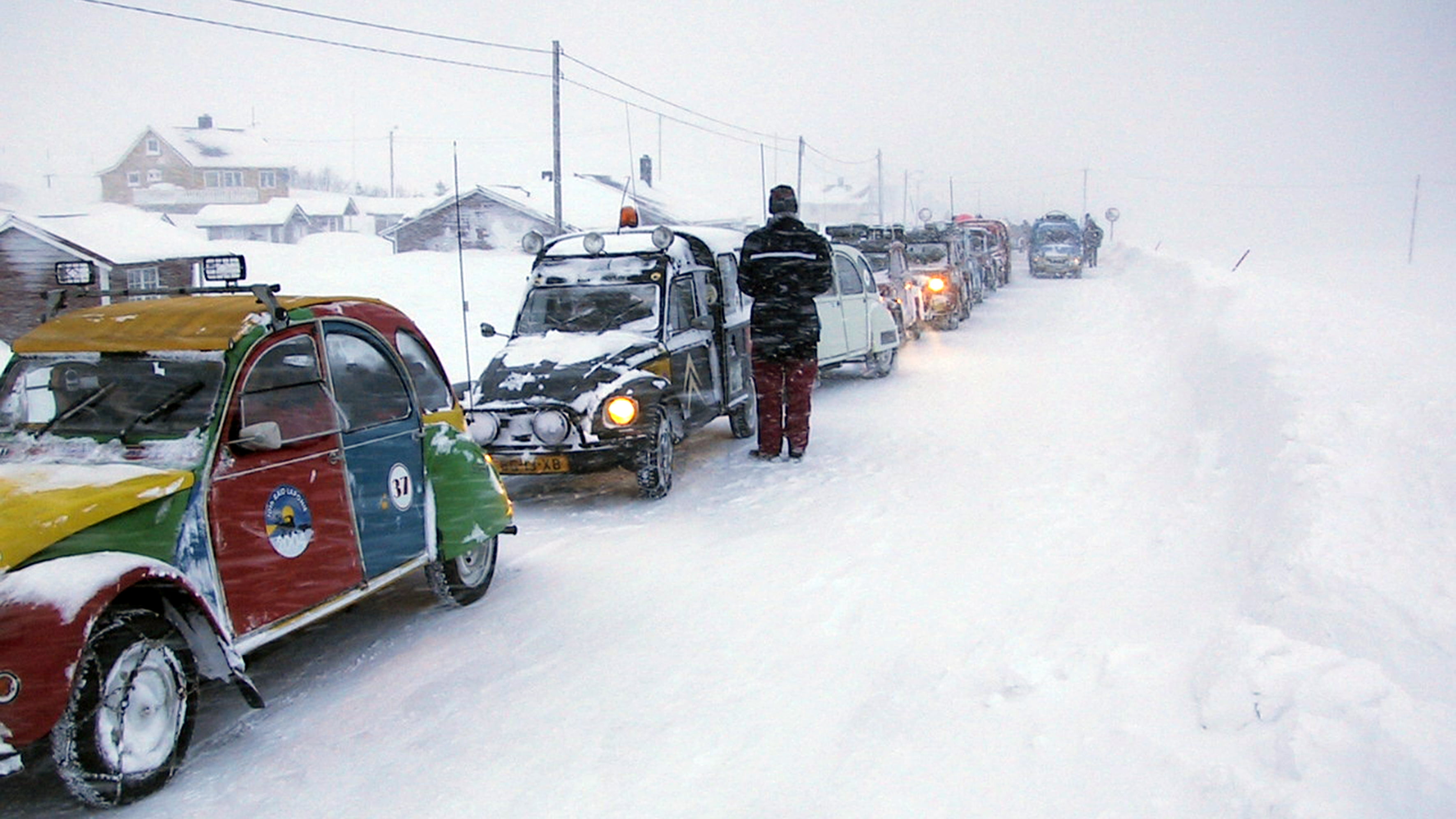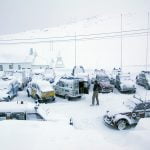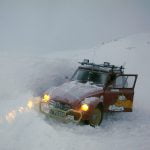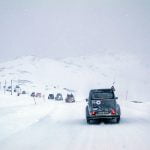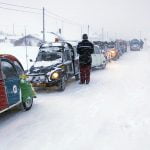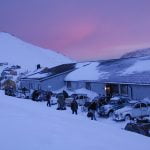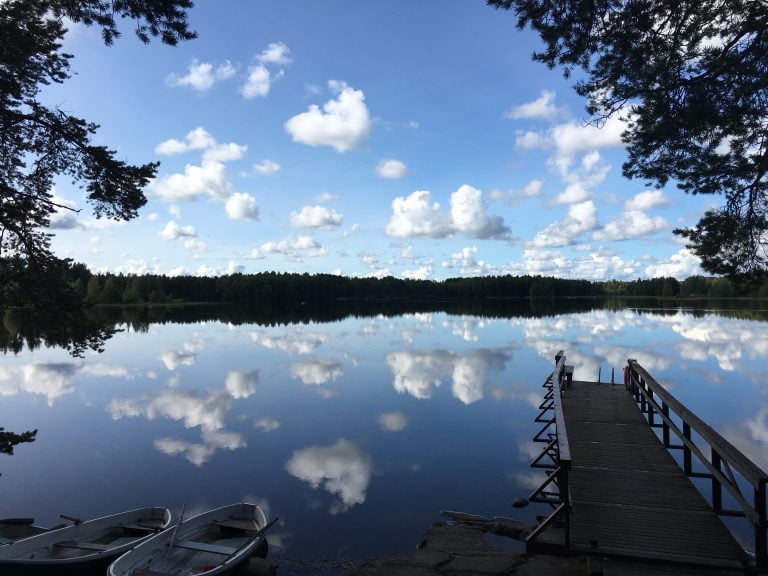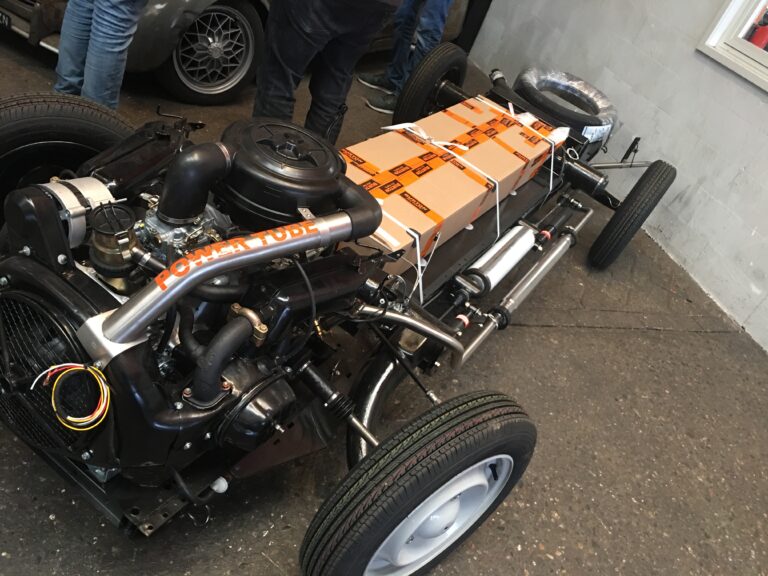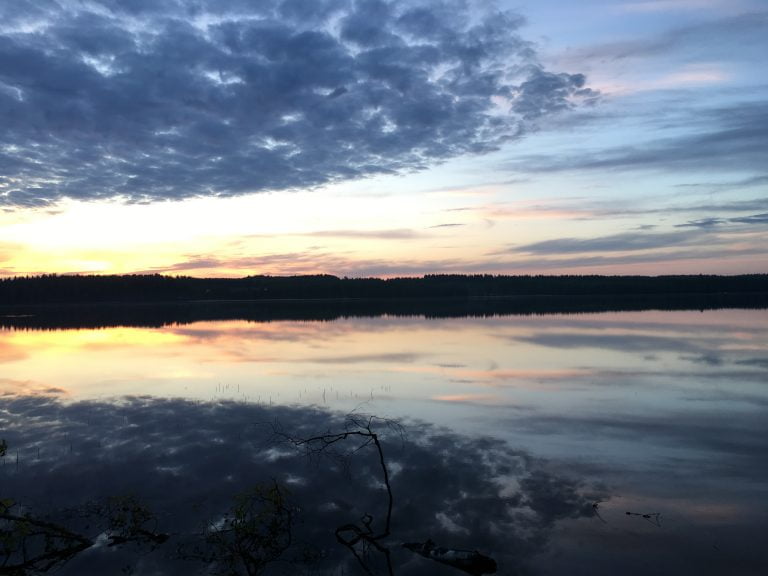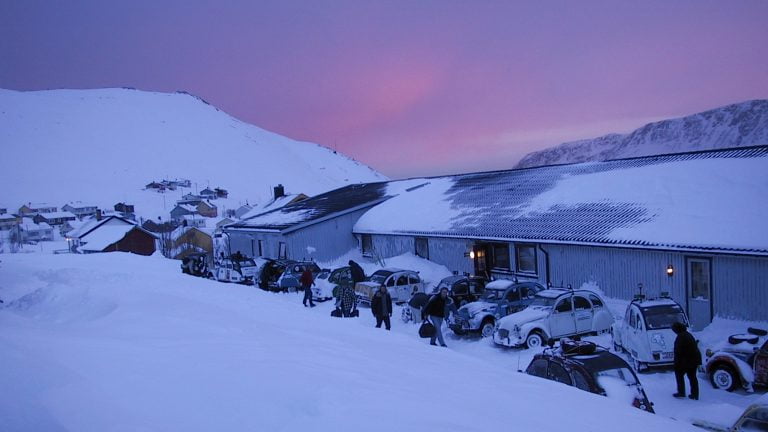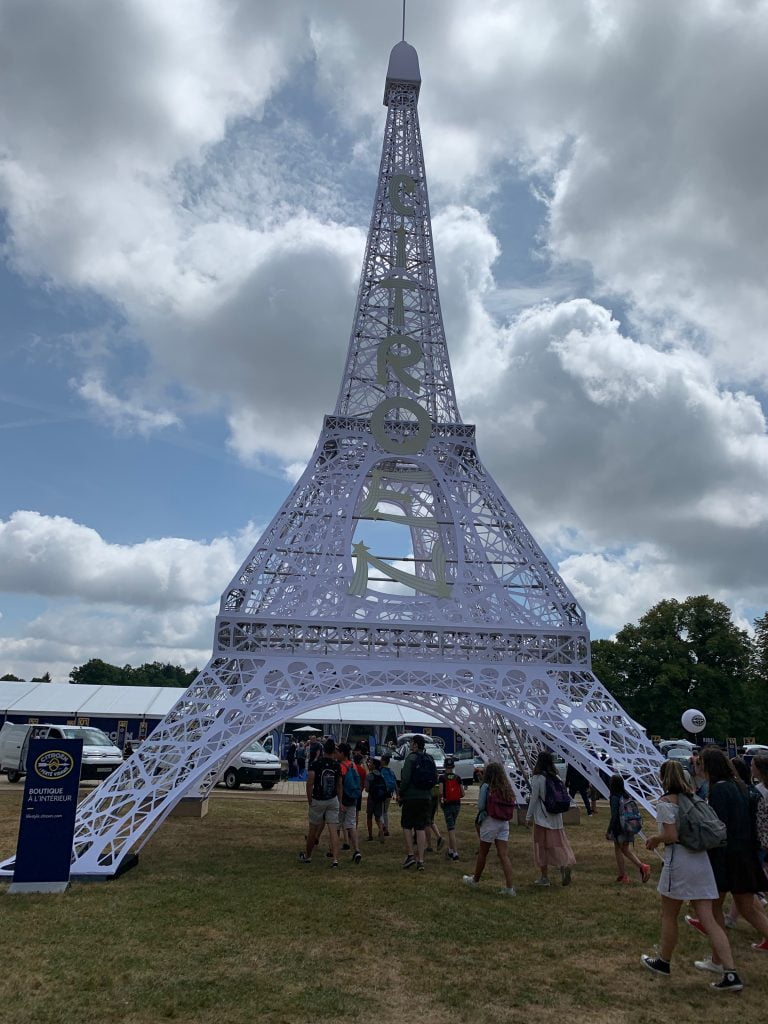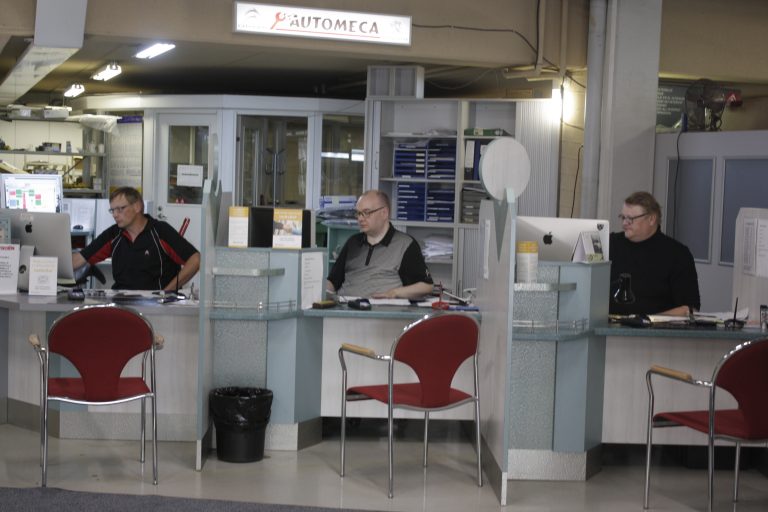Arctic Ducks on a move towards the north – complete madness or a way of life?
Automeca entrepreneurs Eija & Matti Lampila are both part of the organising team and participants with 2CV Dyane team 21!
On third of February a group of 31 freezing ducks start their journey from Helsinki towards Nord Cape. No, we’re not talking about ordinary birds, it’s “a Duck”, “Die Ente”, “Flying Dustbin”, “Tin Snail”, “Dolly”, “Tortoise” – this loved child, which formal name is Citroën 2CV, indeed has many (nick) names. In this group there are nine members of Finnish 2CV Guild with their co-drivers and 22 vehicles from around central Europe. Most of who come from a country where driving along snowy or icy roads is not possible every year not to mention every day.
Due to it’s international approach this trip was given a name Raid 4 Arctic Ducks. Most of the groups – farthermost coming from France and Austria – are already on their way to Helsinki, Vuosaari, where the first gathering takes place at Vuosaari ABC on Saturday the 3h of February at ten o’clock. All in all, in this expedition there are participants from nine different countries: Finland, Sweden, Norway, Germany, Belgium, Netherlands, France, Great Britain and Austria.
All the Raid 4 Arctic Duck participants drive with vehicles based on Citroën 2CV, the manufacture of which started in France as early as 1948 and ended in Portugal year 1990. The basics of this vehicle have stayed almost the same throughout those years. An air-cooled 2-cylinder boxer engine was used during entire production. The first engines where 375 cm3 with a total of nine horse power, while at the end of the production line there were vehicles with engines 602 cm3 and nearly 30 horsepower. Several different parallel models were made, even vans. The vehicles of this expedition cover almost entire model book with the exception of Mehari model, designed for the Sahara deserts. This excursion is quite a challenge for these vehicles and people in it not only because of small engine power but also because of poor insulation (fabric roof) and almost non existing heating system. When the outside temperature drops to the “normal” freezing temperature of February in Lapland, there most certainly is somewhat chilly inside a 2CV.
Therefore, in order to prevent frostbites some improvement has been done: Fabric roofs have been insulated, or changed into glass fiber ones. Some have even installed a central heating system or will use heaters normal to modern cars. Engine and rest of the technology has been checked and maintained to maximise operational reliability.
For many of the participants the route of this expedition start from Helsinki and continues towards Mikkeli, where it is possible to visit local Citroën dealer and a service company. In Mikkeli few more of the participants join the group and there will be another start from Kärkimerkit and CitiX. From Mikkeli the whole group drives to Joensuu, which will be their first pitstop.
From Joensuu this trip was originally planned to continue from Koli to Vuonislahti via the exotic ice road , but because of the rather poor winter it now seems the ice road is not open and safe, so normal roads will be used on their way to Vuonislahti. From there travel continues to Haaparanta, where the group will spend a night on Swedish side of the river Tornio.
From Haaparanta the trip continues on the Swedish side of the River Tornio to Juoksengi, from where it hopefully is possible to cross the river via ice road to the Finnish side of the river. After crossing The Arctic Circle in Juoksenki, the foreign guests will experience a special ritual made by a Lapland Witch. The witch then disappears and the group continues to Äkäslompolo and Jounin kauppa to check out if tradesman Sampo is present. Third night will be spent at Enontekiö, Hetta.
Hetta will be two night stay for the group – one day for winter activities and relaxation after long periods of driving. Then to trip continues to Norway, Kautokeino and further north via Alta until Honningsvåg, which will be the next pitstop for the group. Early in the morning, weather permitting, it is time to try and reach the North Cape, the northernmost part reachable by a car in Europe.
On their way back there will be yet another one night stop at Hetta, then the trip continues to Tornio where the guests visit a brewery and later in the evening some celebration of the expedition with an extraordinary “enough drink” The official part of the trip is now over and it is time to start a journey home – each to their own.
It is possible to follow the progress of this tour in real time at the address http://www.2cv.fi/r4ad-gps where it’s possible to see the location of several vehicles in GPS tracking.
More info and english interviews:
Eija Lampila, p. +358 44 421 3952, eya8@icloud.com
Homepage: https://www.2cv.fi/r4ad/
Participants: https://www.2cv.fi/r4ad/teams/
GPS Tracking: https://www.2cv.fi/r4ad-gps
Pictures: Attached photos from earlier winter raid for free use in reporting this event
Copyright: Finnish 2CV Guild archive / Henkka Castrén
Possible places for interviews:
3.2. at 10.00 Vuosaaren ABC
3.2. at 15.00 CitiX, Mikkeli, Kaapelikatu 1
3.2. at 20.30 Joensuu, Torikatu 16 (autot parkkihallissa)
4.2. at 11.20 Ewa Ryynasen Ateljee, Paateri 21, 81560 Vuonisjärvi
5.2. at 12.30 Ratasjärventie 2/4 95640 Juoksenki
5.2. at 15.15 Jounin Kauppa, Sannanrannatie 3, 95970 ÄKÄSLOMPOLO
6.2. Hetan majatalo, Riekontie 8, 99400 Enontekiö
7.2. at 13, Alta, Norja
7.2. at 19, Honningsvåg, Norja
8.2. at 10.00 Nordkapp (weather permitting)
9.2. at 18.00 Joentalo, Kivirannantie 13-15, 95410 TORNIO

